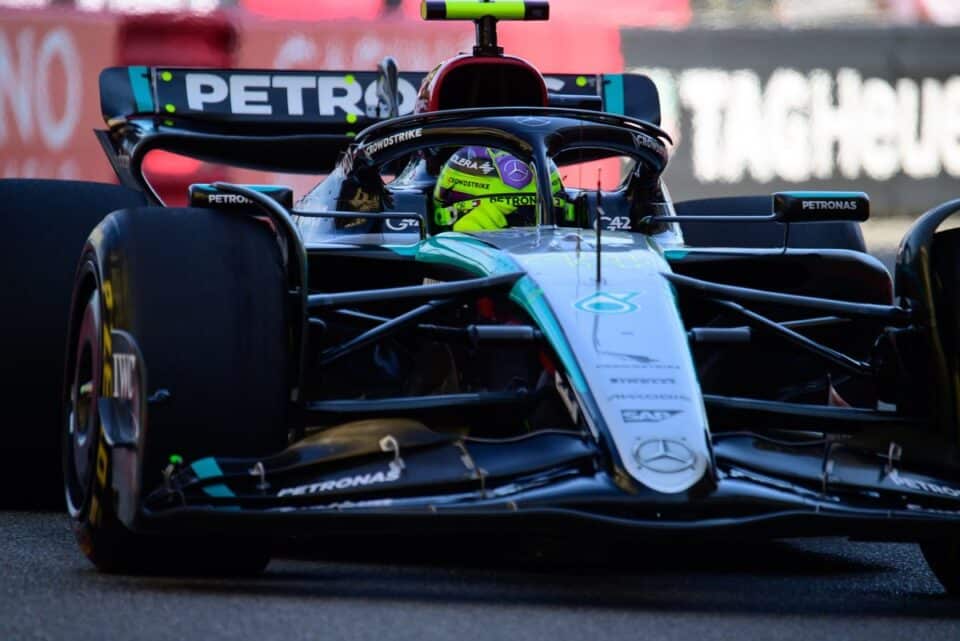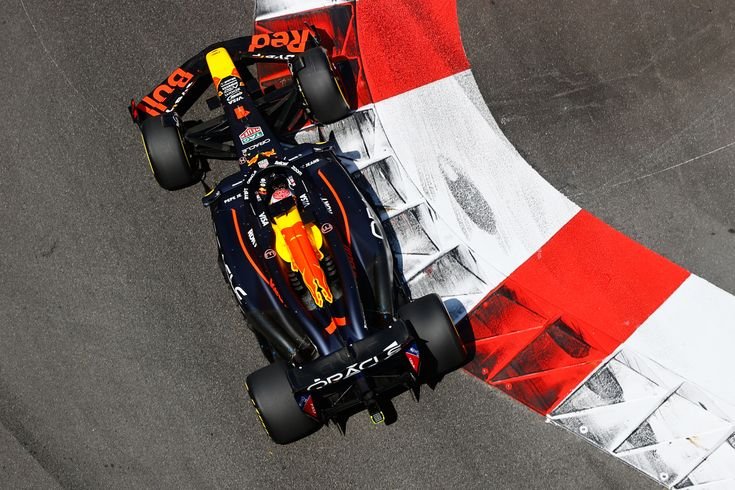The clock is ticking for the FIA to finalize the F1 2026 regulations, and team bosses aren’t happy. McLaren’s Andrea Stella was upfront about it, stating that the new rules are ‘far from’ achieving their intended goals. His concerns are echoed by other team leaders, including Williams’ James Vowles and Aston Martin’s Mike Krack.
Just last Thursday, motorsport’s governing body unveiled the technical specifications for the F1 2026 season. The new design promises smaller, lighter, and more agile cars. The cars will weigh 30kg less, be shorter and narrower, all to improve ‘raceability and close racing’. Furthermore, downforce will be reduced by 30%, and drag cut by 55% to make overtaking easier and reduce the impact of ‘dirty air’.
Among the notable changes are partially flat floors, a less effective diffuser, and adjustments to active aerodynamics with movable front and rear wings. DRS will be replaced by a Manual Override system, which provides a significant electrical power boost to the chasing car.
However, not everyone is on board with the drafted rules. McLaren team boss Andrea Stella pointed out, ‘We are in agreement and we support the intent and objectives at a high level, but the draft regulations are still far from achieving those objectives.’ Stella emphasized the need for further collaboration between the FIA, F1, and the teams to ensure the new rules meet their targets.
Williams team boss James Vowles has his own reservations. ‘There are two main concerns right now: the aerodynamic side and the weight issue,’ he noted. The new weight target is particularly challenging, and Vowles doesn’t believe anyone will meet it easily. ‘Taking weight out of a car is not fun,’ he added, underscoring the difficulties ahead.
Meanwhile, Aston Martin’s Mike Krack revealed that an online meeting of the FIA’s Technical Advisory Committee highlighted some of these issues. ‘We are quite far from the final draft,’ Krack stated, urging all stakeholders to discuss and resolve these problems constructively.
Time is of the essence as the FIA’s International Sporting Code requires substantial regulation changes to be published by June 30, a year and a half before they take effect. This leaves the sport with just three weeks to finalize the rules. If they miss this deadline, all 10 teams will need to approve any subsequent changes.
With the deadline looming, the pressure is on for Formula 1 to align on and finalize the 2026 regulations. The teams and FIA must work swiftly and collaboratively to address the outstanding issues and ensure the sport evolves as intended.
Source: Planetf1










